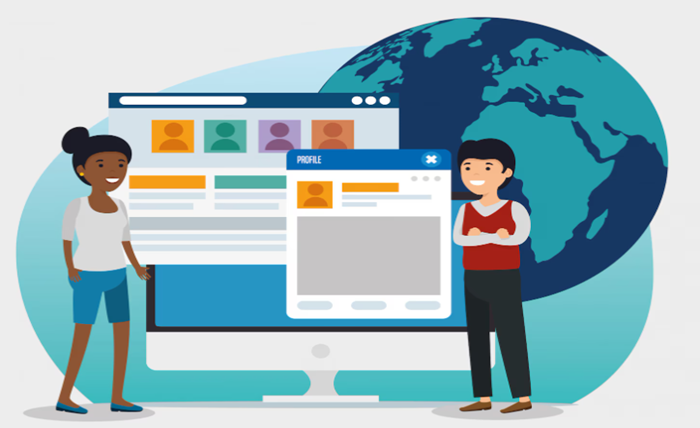
In the ever-evolving digital landscape, the internet is no longer a static utility but a dynamic extension of our personal and professional lives. Traditional web browsers, which once offered limited flexibility, are now experiencing an innovative renaissance. Modern browsers empower users to shape their online experience, shifting away from rigidity and towards highly personalized, adaptable environments. For a real-world example of this evolution, check out this Shift browser reviewed by Engadget.
This new wave of customizable browsers is giving users control over everything from appearance to functionality, allowing anyone to adjust their web browser to their unique workflow and daily demands. This shift reflects broader trends across tech, where user experience is emphasized, and digital tools are expected to adapt to individuals rather than expecting users to adapt to tools.
Enhanced customization allows browsers to function like personalized command centers, integrating social media, productivity apps, and daily utilities within a single, unified interface. Instead of juggling countless windows, tabs, and applications, users can now build their ideal interface for every context—whether for focused work sessions or recreational browsing.
Major industry players are also embracing this trend, offering standalone app integrations, thematic adjustments, and streamlined workflows directly within browsers. It’s no longer about what you can do on the web, but how seamlessly and efficiently you can do it from your chosen browser.
The Shift Towards Personalization
Gone are the days when users had to settle for a generic, one-size-fits-all browsing interface. Today’s browsers offer drag-and-drop configurability, enabling individuals to arrange toolbars, panels, and extensions to meet their unique requirements. This flexibility enhances both usability and comfort, making the browser a natural extension of a user’s day rather than a digital barrier. Most notably, browsers like Vivaldi and Arc allow you not only to change aesthetics but also to define how spaces are organized and accessed, driving a new era of personalization in digital browsing.
Enhancing Productivity Through Customization
Customization is about more than just visual appeal—it’s a powerful productivity booster. Organizing browsers into dedicated spaces for work, personal interests, or hobbies can transform digital habits. With integrated app stacks and programmable dashboards, users streamline their daily routines, reducing time lost searching and switching between apps. Freelancers, for example, may establish isolated workspaces for each client, with bespoke bookmarks, pinned apps, and focused notifications—all visually and functionally separated within the same browser instance.
Seamless Integration with Everyday Tools
Today’s customizable browsers serve as all-in-one workspaces, seamlessly blending web access with direct app integrations from email and calendar vendors, as well as project management platforms. This level of connectivity eliminates the constant tab-switching that characterizes traditional internet activity. As browsers continue to add support for thousands of popular tools, users enjoy unified dashboards where they can launch work calls, check social feeds, or manage to-do lists without ever leaving their primary interface.
Privacy and Security in Customizable Browsers
With greater customization comes increased responsibility—especially regarding privacy and security. Customizable browsers are rising to this challenge by offering sophisticated privacy controls such as automatic isolated profiles and anti-tracking technology. Browsers like Brave and Firefox are notable for their emphasis on privacy, providing users with granular control over tracking, cookies, and personal data. Some newcomers even go a step further by adopting carbon-neutral browsing strategies, measuring their energy consumption, and offsetting emissions for more responsive and accountable web usage.
The Future of Browsing: AI and Beyond
The integration of artificial intelligence is the next transformative step in browser customization. AI-powered browsers are capable of automating everyday tasks—from booking travel or delivering contextual recommendations to personalizing news feeds and summarizing content. With real-time machine learning, browsers can anticipate needs, filter out distractions, and optimize the browsing experience based on ongoing behavior. These features promise to save time, cut through digital noise, and make the internet more accessible and helpful than ever.
Conclusion
The march toward browser customization marks a pivotal shift in how we experience the web. Static, uniform browsers are fading, replaced by platforms that mold themselves to each user’s habits, goals, and workflows. Whether you’re seeking greater productivity, enhanced privacy, or an interface that reflects your personality, customizable browsers are putting you in control—making the web not just useful, but truly personalized. As new features emerge, from AI-driven automations to deeper integrations, the future of internet browsing promises to be even more adaptive, intuitive, and user-centric.




